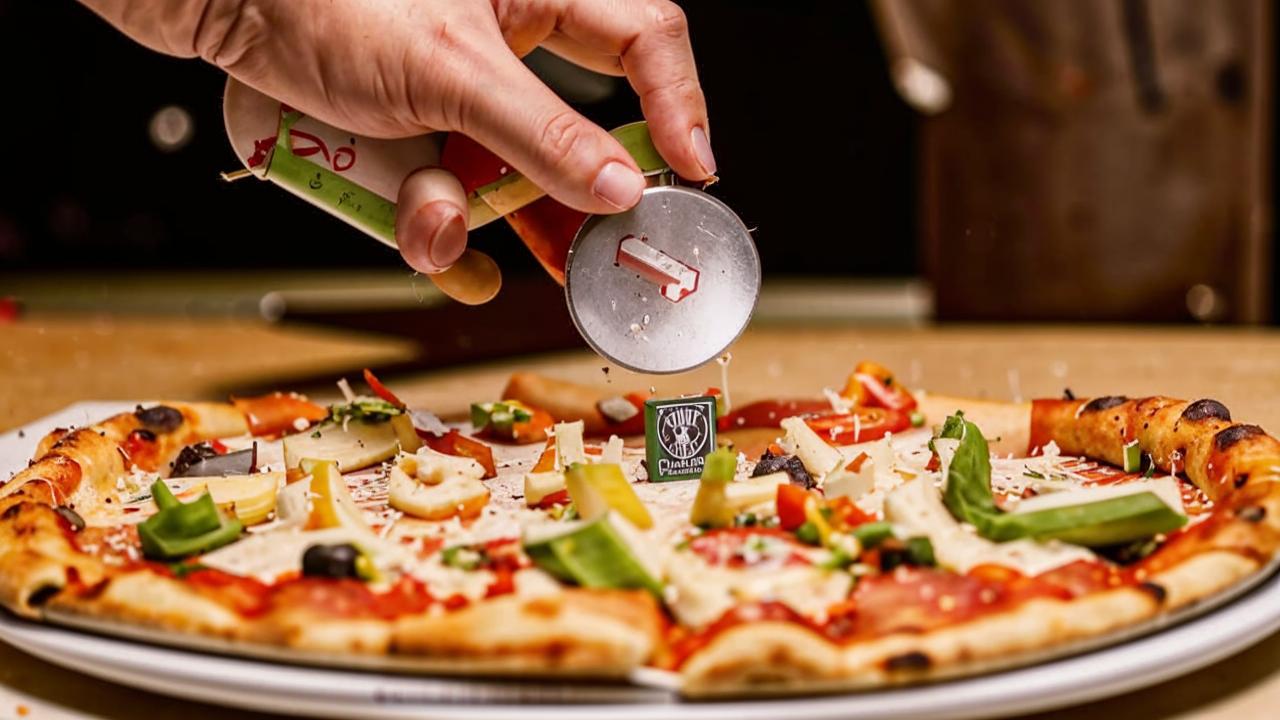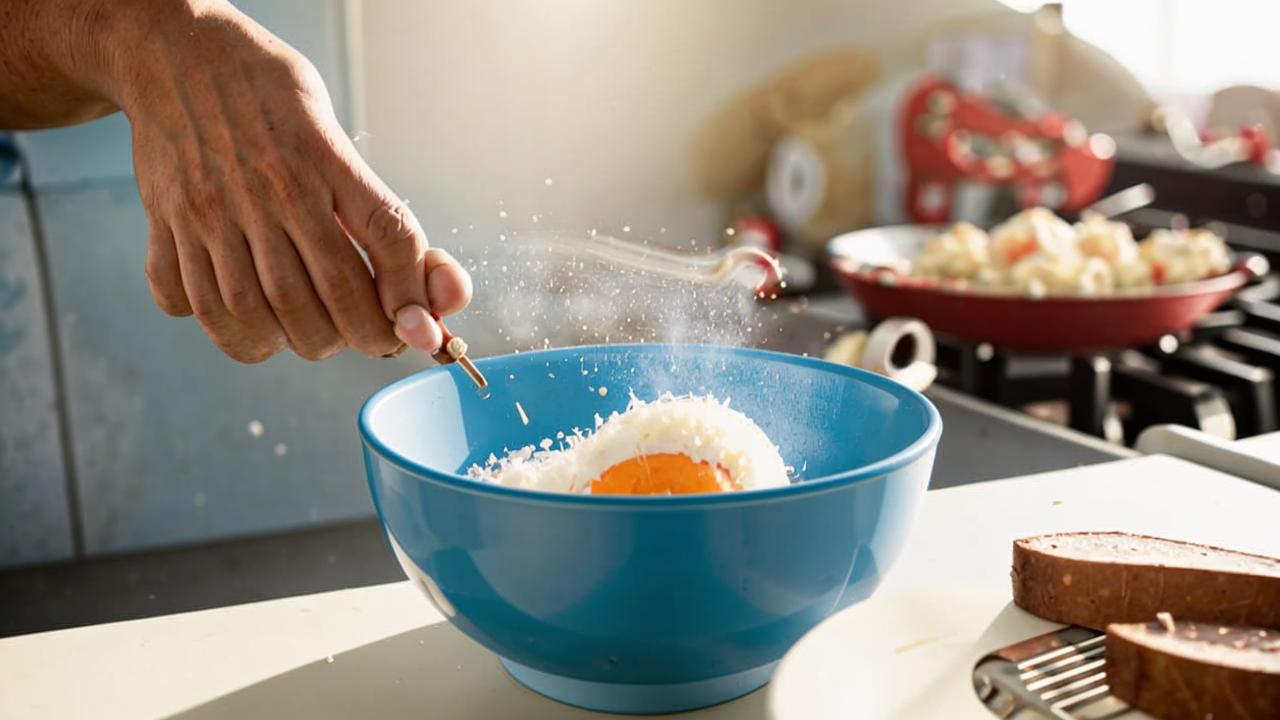
clinical geneticist, nutritionist and expert of the UniProf Academy of Physicians
Table salt is 40% sodium and 60% chlorine. Both substances are responsible for fluid regulation in the body. In addition, chlorine is part of gastric juice, and sodium is necessary to maintain muscle and nervous system function. But despite its beneficial properties, the product can be dangerous to health if consumed in excess.
Salt is sodium chloride (NaCl). The substance has the property to linger in the blood vessels. The trace element is always followed by water, which eventually accumulates in the vessels in excess, and the increased volume of fluid provokes high blood pressure.
This, in turn, increases the load on the heart, thereby forcing the body to spend more energy and stay in a state of stress. Over time, this can increase the risk of developing heart disease, kidney disease and the occurrence of stroke.

Sodium chloride is found in almost all industrial food products. Think about how many sausage or cheese sandwiches you can eat in a day, how often you use mayonnaise, ketchup, canned food, whether you add condiments to your meals.
If these products are systematically present in your diet, most likely you are consuming more salt than your body needs. Therefore, it is worth listening carefully to the signals that your body sends you.
The norm of salt in the diet for an adult is 5 g (about one teaspoon) per day.
It is worth paying attention to such symptoms as:
- kõrge vererõhk;
- frequent headaches;
- palpitations;
- redness of the face;
- nausea;
- excessive sweating.
If these signs appear, you should consult a doctor.

There is the other side of the coin – a lack of sodium, which also depletes the body’s resources and can lead to chronic stress. The substance is a carrier of micro- and macronutrients in the cells, which in its deficiency starve.

The micronutrient is essential for many vital processes. Both excess and deficiency of sodium prevents the cell from absorbing potassium into it.
This negatively affects the heart and provokes hyperactivity of neurons, which is accompanied by a state of constant excitement, severe headaches, stress.
Sodium, as a “cab”, is a carrier of molecules across cell membranes inside the cell, and is also able to take out of it “garbage”. Without it, the cell is deprived of vitamins, amino acids, glucose. At the same time, decay products of processed substances accumulate in it, increasing the risk of disease.

Conclusion: everything must be in moderation. It is possible to salt food, but preferably in the first half of the day. The fact is that the kidneys begin to work hard closer to the evening (18:00-19:00). It is important at this time not to load them with unnecessary “portions” of sodium from food. But in the morning and afternoon, salt in the diet just will be very helpful and activates the work of the body, cell nutrition.
But it should be noted that sodium sodium is not the best source of it. Much more useful are sea, pink and Himalayan salt, which, unlike table salt, do not contain a lot of chlorine and are often enriched with magnesium, potassium, iodine and other important substances.






